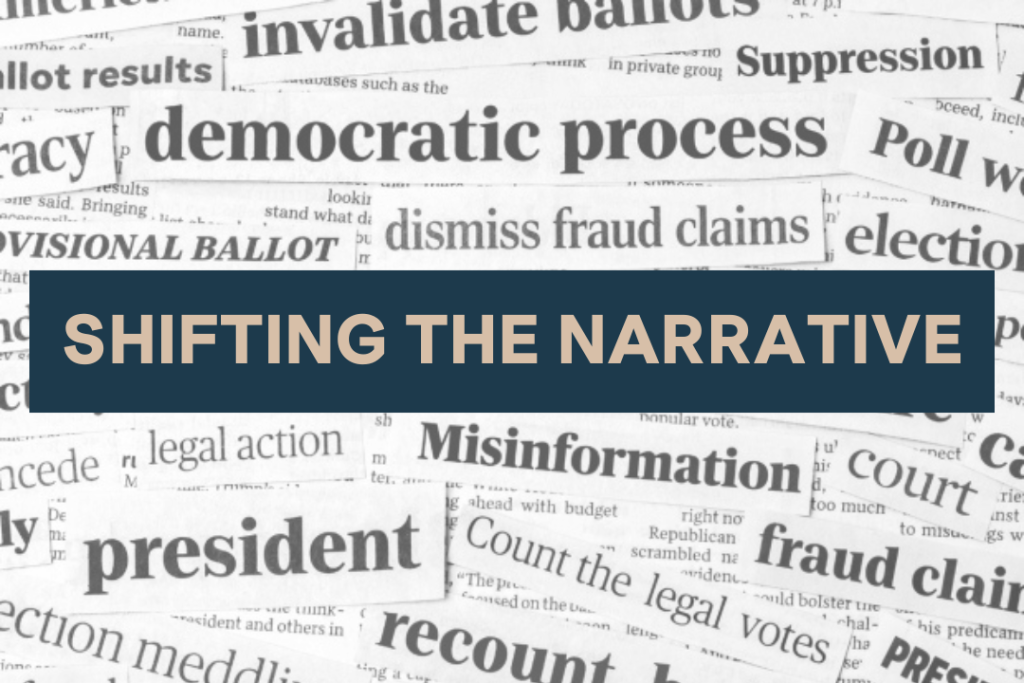First, there was no fraud. Then there was no “widespread” fraud. Then, there was no widespread fraud “sufficient to overturn the election.”
The goalposts keep moving, but one thing has remained indisputable from the beginning: The 2020 election was conducted and administered in a lawless fashion.
Unfortunately, there’s a pervasive lack of understanding around the process of conducting elections and certifying election results, and the media are quick to exploit this to advance their partisan narrative and ideological agenda.
It starts innocuously enough, with the competition-driven desire to be the first to report the results of elections. Over time, the American people have been conditioned to expect that they just need to stay up a little later than normal to find out who their next president will be every four years. To facilitate this, newsrooms rely on unofficial election results combined with complicated algorithms to fill in the blanks.
For the most part, this approach works reasonably well. But it fails us when we face unusual circumstances, as we did in November 2020.
In general, the legal burden for certification is the need to demonstrate that the election was conducted according to the law, and that because it was conducted according to the law, we can have faith in the results. Contrary to widespread belief, certification is not merely a process for verifying the accuracy of the unofficial vote count.
That misunderstanding is where the debate over the 2020 election went off the rails. Joe Biden’s supporters, satisfied with the stated outcome, demanded “proof” that there was sufficient fraud to overturn the result before they would even consider hearing the case that the result was illegitimate.
But the legitimacy of the election never had anything to do with the vote count, per se. Rather, the legitimacy of the election was in question because election laws were violated and ignored in numerous states, including states with razor-thin margins separating the two candidates.
New methods of voting were implemented without legislative approval. Defective ballots were “cured” by election workers—a process that involves filling out a completely new ballot and discarding the faulty one—without proper oversight or authorization. Election observers, primarily those representing the Republican Party, were denied their legal right to meaningfully oversee the counting of ballots. Local election officials entered into contracts with private third parties that involved altering election rules without the consent of state legislatures. These illegalities were pervasive and egregious.
We have extensive admissions of lawless conduct by government officials, most of whom have presented COVID-19 as justification. However altruistic their intentions may have been, though, the result was the breakdown of the rule of law.
Election laws exist to prevent fraudulent activity. When those laws are broken, it becomes difficult to “prove” or even demonstrate the existence of fraud. Moreover, properly investigating scaled fraudulent enterprises takes time, a difficulty that has been enhanced by the willingness of many prominent conservatives to bend to headline-driven culture and overstate the evidence to meet the media’s demands rather than standing on sound legal ground.
Our society is losing respect for the rule of law. We need to take a step back and understand that a deeper discussion should be taking place. Both sides should strive to avoid jumping to partisan conclusions and demanding instant answers. We as a country should be having a conversation about election issues that is informed by ongoing investigations, with a goal of developing a deeper understanding of how elections function and what needs to be done to restore public confidence in the process by which we select our leaders.


